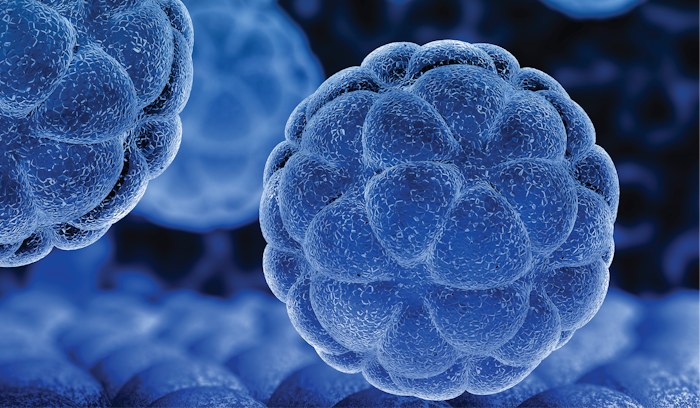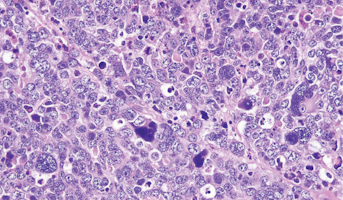Mechanisms of Medulloblastoma Formation

About this
Project
Medulloblastoma is the most prevalent and aggressive brain tumor in the pediatric population. Mechanisms that drive this tumor’s formation must be better understood so that knowledge can be used to create new therapies and improve upon the current standard of care. Researchers on this project are interested in studying the BAI1-3 (ADGRB1-3) family of proteins, which researchers hypothesize could serve as tumor suppressors. Previous work has found that ADGRB1 is silenced in all 4 groups of medulloblastoma. Further preliminary data shows that ADGRB3 is silenced exclusively in the wingless (WNT) group of medulloblastoma. Once researchers define the role of ADGRB1-3 genes in medulloblastoma, they will be in a better position to try to develop therapies aimed at reactivating their expression. The Children's Brain Tumor Network will contribute to this project by providing tumor DNA samples and by providing access to the Pediatric Brain Tumor Atlas, giving researchers a broad collection of samples across tumor subtypes.
Ask The
Scientists
What are the goals of this project?
Researchers are interested in defining the role that ADGRB1-3 genes play in the growth and progression of medulloblastoma.
What is the impact of this project?
Once the role of these proteins is defined, it may be possible to develop therapies that exploit their role in tumor progression.
Why is the CBTN request important to this project?
This research requires the broad dataset across medulloblastoma subgroups available through the Pediatric Brain Tumor Atlas.
Specimen Data
The Children's Brain Tumor Network will contribute to this project by providing tumor DNA samples and by providing access to the Pediatric Brain Tumor Atlas.
